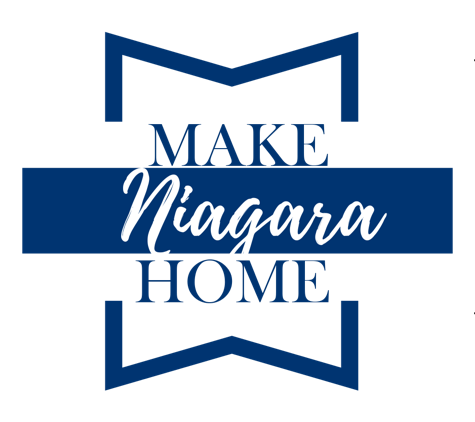
Selling Your Home
Before you begin the selling process, really evaluate why you’re moving. Do you have too few rooms, or too many? Has your job moved to another city and you’re relocating? Are the neighbours driving you away? Or are you simply looking for a change? A complete analysis of your current position will set a good foundation for your next home hunt.
Top 5 Mistakes Sellers Make
Prepare Your Home For Sale
Simple Facts to Help Sell Your Home
Buy or Sell First?
Buy or sell first? That’s tricky. After all, if you find a purchaser for your existing home, before you’ve found a new one, you may find yourself living out of a suitcase if convenient closing dates cannot be negotiated. On the other hand, if you find your dream home before you have sold your existing home, you may be faced with carrying two mortgages for a time.
So how do you manage? Easy. Do your homework and have a good idea about the neighbourhood and type of home you’re looking for. Do an honest evaluation of your family’s needs and budget.
Speak to your sales representative and start your new home search as soon as your existing home hits the market.
If you’ve found a home, before you’ve sold your existing one, use “sale of your existing home” as a condition on your offer. If you don’t sell your house within a fixed period of time, you can choose not to go through with the offer. This, however, is a difficult condition for many vendors to agree upon and you may find that you have to forgo your price negotiating power.
Purchasing a home before you sell could be a risky strategy if you’re counting on the proceeds from the sale.
If you’ve found a purchaser before you’ve found your next home, use “purchase of a new home” as a condition when you sign back the agreement. Again, it will only be for a fixed time. Even if you have not found the ideal next house by the time the deal closes, you may still wish to proceed with the offer. As a buyer with a “sold house” you will be in a better position to negotiate price.


Make Your House More Sellable
Overall, your sales representative will work with you to position your home on the market so that your sales experience will take place as expeditiously as possible.
Arrange Showings
In addition to giving your home the once over with a mop and dust cloth, have your sales representative prepare a home feature sheet. This is a one-page synopsis of your home that highlights lot size, room dimensions, features and upgrades as well as utility costs and taxes. Prospective buyers will take a sheet and refer to it while viewing your home. Plus, it makes for a great reference sheet when the buyers are comparing properties.
The Open House
This is usually not a pleasant experience. The upside is that you usually won’t have to be there to act as a guide. The downside is that you might have a series of open houses over a few weeks, with people poking through all areas of your home. And you’ll have the constant pressure of keeping your home looking its best.
The Viewing
When a sales representative has a client who is interested in your home, they will first call to make an appointment with your sales representative. If you’re lucky, you’ll have time for the last-minute tidying. Of course, you can say no if the prospective purchaser wishes to come at an inconvenient time.
During the viewing, make sure you give the viewer and the sales representative a feature sheet and get the sales representative’s business card. Give viewers the freedom to wander around your home by themselves. Following may make them uncomfortable. The sales representative will stay with the prospects to offer some protection against theft or property damage.
